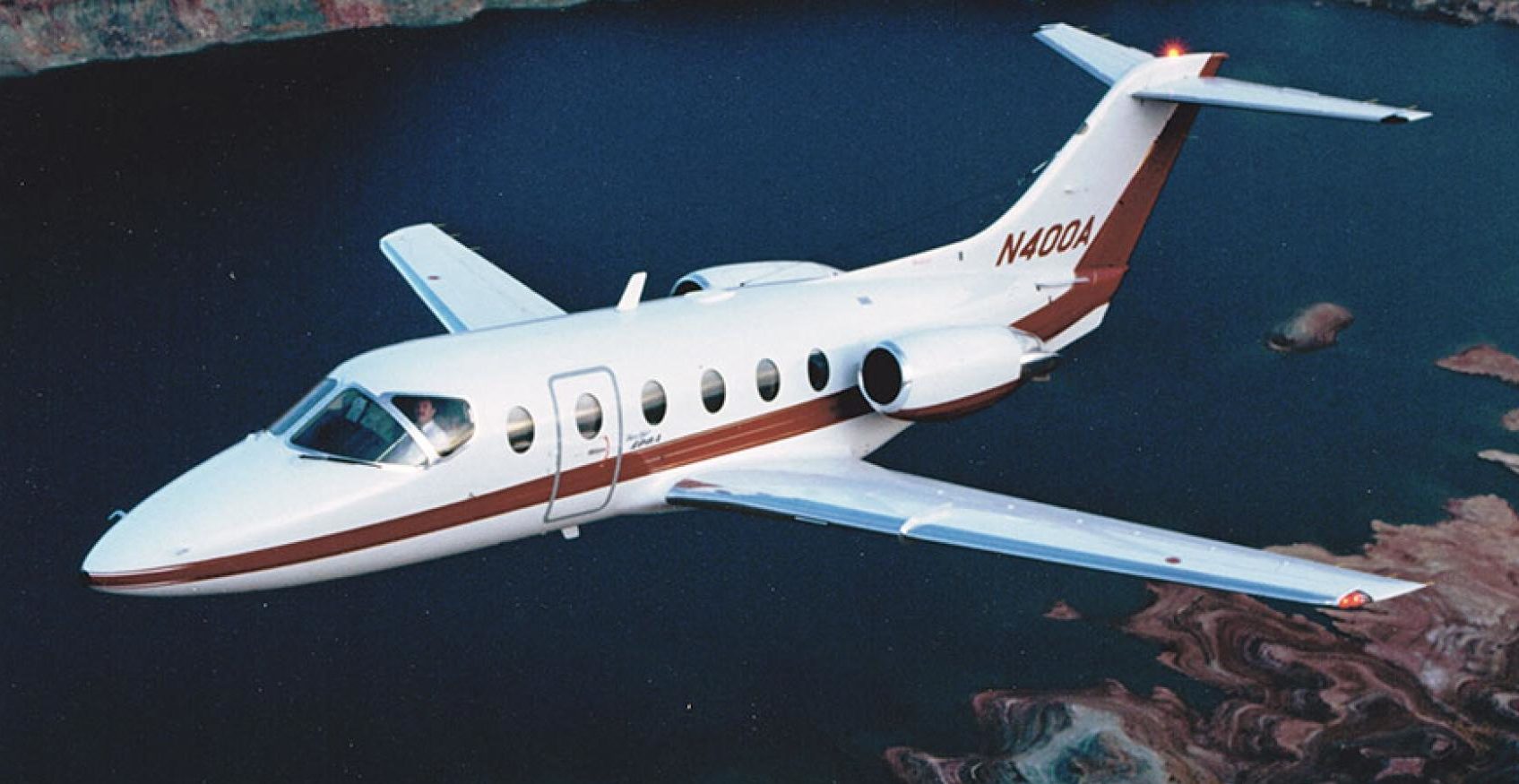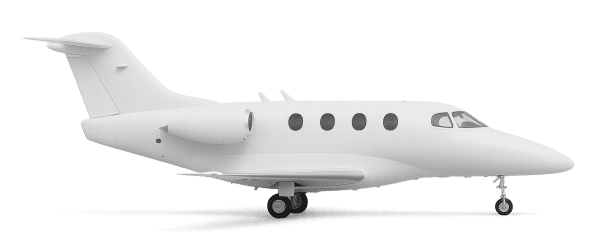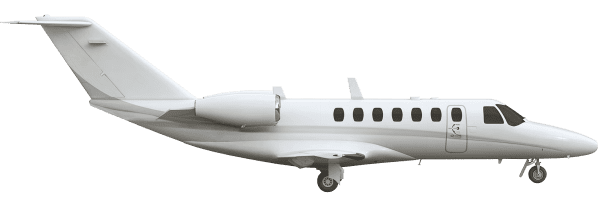The Beechcraft 400, also known as the Beechjet 400, is a small twin-engine jet corporate aircraft
CHARTER THIS AIRCRAFT




The Beechcraft 400, also known as the Beechjet 400, is a small twin-engine jet corporate aircraft. Initially developed by Mitsubishi as the MU-300 Diamond, it was further refined and produced by Beechcraft after they acquired the production rights in the mid-1980s. The aircraft is known for its speed, efficiency, and comfort, making it a popular choice for business travel. It typically accommodates 6 to 8 passengers in a pressurized cabin and is piloted by a crew of two. Over the years, the Beechcraft 400 has seen various upgrades and iterations, including the enhanced 400A and Hawker 400XP models, offering improved performance and range.
Beechcraft Beechjet 400A
Beechjet 400A
LIGHT
1690 nautical miles
7
443 knots
468 knots
4253 feet
The Beechcraft 400, also known as the Beechjet 400, is a light twin-engine jet that has been popular for both business and personal use due to its performance, comfort, and reliability. While specific amenities can vary based on the model (e.g., Beechjet 400, Beechjet 400A, Hawker 400XP) and the individual aircraft's configuration, here are five of the most important amenities typically associated with the Beechcraft 400 series:
Comfortable Seating Configuration: The Beechcraft 400 typically offers a spacious cabin with a seating configuration that can comfortably accommodate 6 to 8 passengers. The seats are often arranged in a club seating layout, allowing for easy conversation and collaboration among passengers. The ability to swivel, recline, and sometimes track laterally adds to passenger comfort during flights.
Advanced Avionics Suite: The Beechcraft 400 series is equipped with advanced avionics for navigation, communication, and flight management. This might include systems like the Rockwell Collins Pro Line 4 or Pro Line 21 avionics suite, offering pilots comprehensive flight data, enhancing safety, and improving overall flight efficiency.
Cabin Amenities: To enhance the in-flight experience, the Beechcraft 400 series often includes a range of cabin amenities such as adjustable lighting, temperature control, and a refreshment center. Some models may also offer in-flight entertainment systems and connectivity options for passengers to stay productive or entertained during their journey.
Performance and Range: One of the key amenities of the Beechcraft 400 is its performance. With a cruising speed of around 450-460 knots and a range of approximately 1,500 to 1,800 nautical miles (depending on the model and load), it is well-suited for both short and medium-haul flights. This makes it an excellent choice for business travel, allowing for non-stop flights between many city pairs without the need for refueling.
Baggage Capacity: Despite its compact size, the Beechcraft 400 series offers a relatively generous baggage capacity, allowing passengers to carry luggage, golf bags, and other personal items. The baggage compartment is usually accessible during flight, adding convenience for passengers who may need to retrieve items mid-journey.
These amenities make the Beechcraft 400 series a popular choice among business and leisure travelers looking for a reliable, comfortable, and efficient private jet option.

The Beechcraft Beechjet 400A is a jet with a max speed of 539 miles per hour and range of up to 1945 miles



The Beechcraft 400 has a range of approximately 1690 nautical miles.
The Beechcraft 400 can comfortably accommodate up to 7 passengers.
The cruising speed of the Beechcraft 400 is around 443 knots.
The Beechcraft 400, also known as the Beechjet 400 or Hawker 400 after Raytheon's acquisition of Beechcraft and later integration into the Hawker Beechcraft line, is a light business jet that has been a competitive option in the light jet market. To provide a comprehensive comparison, we'll look at several key aspects: performance, cabin comfort, operating costs, and versatility.
The Beechcraft 400 series, including the 400A and the later Hawker 400XP variant, is known for its good cruising speed, range, and runway performance. It typically cruises at speeds around 450-460 knots and has a range of approximately 1,500 to 1,800 nautical miles, depending on the specific model and load. This makes it competitive with other light jets like the Cessna Citation series, the Embraer Phenom 300, and the Learjet 40/45 series. However, some of its competitors, especially newer models like the Phenom 300, offer better range and speed.
The Beechcraft 400's cabin is designed to be comfortable and functional for business and leisure travel, typically seating 6-8 passengers. Its cabin is comparable in size to others in its class, but some users might find it less spacious compared to the more recent Embraer Phenom 300 or the Cessna Citation CJ4, which offer more headroom and a slightly wider cabin. The 400XP variant introduced improvements in noise reduction and cabin amenities, enhancing passenger comfort.
Operating costs for the Beechcraft 400 are competitive within its class, but this can vary based on factors like fuel prices, maintenance practices, and utilization. Its direct operating costs are generally on par with those of its competitors, but older aircraft like the Beechjet 400 and 400A may incur higher maintenance costs compared to newer jets that benefit from more recent advancements in technology and materials.
The Beechcraft 400 series is known for its versatility, being able to operate out of shorter runways than many jets in its class, which allows access to a wider range of airports. This makes it an attractive option for businesses and individuals who need to travel to airports that are closer to their final destinations but may not accommodate larger jets.
Overall, the Beechcraft 400 series holds its own in the light jet market, offering a balance of speed, range, and comfort. While it may not lead in every category, especially against newer models, its performance and versatility make it a worthy consideration for those looking for a reliable light business jet. Potential buyers or operators should weigh the specific needs of their missions, including range, payload, and budget considerations, against the capabilities and operating costs of the Beechcraft 400 and its competitors to make the best choice for their circumstances.